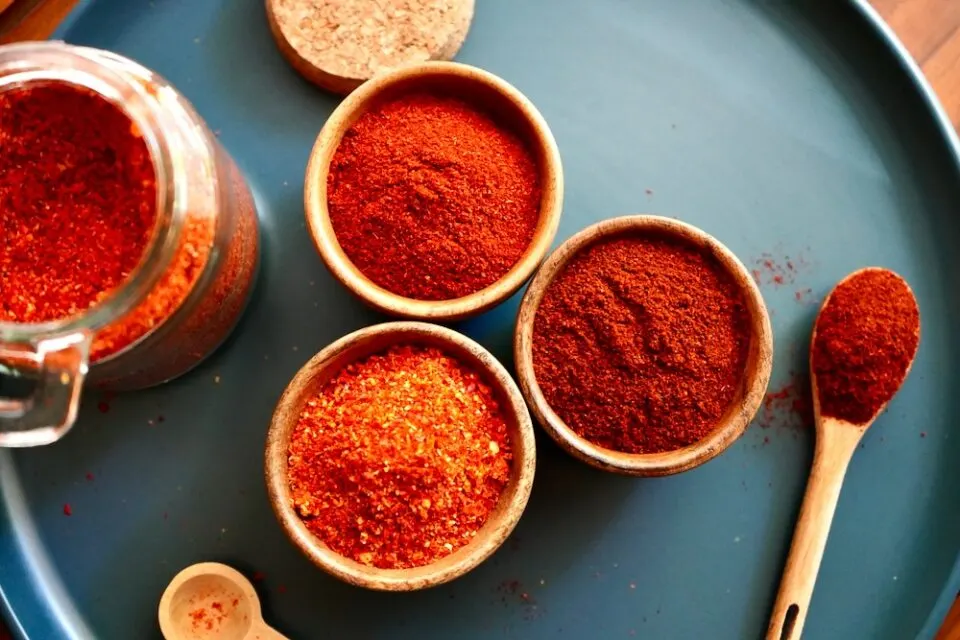- No. 268 Xianghe Street, Economic Development Zone of Xingtai city, Hebei 054001 China
- Byron@hbhongri.cn
Exploring Various Types of Paprika and Their Unique Flavors
The World of Different Paprikas A Flavorful Exploration
Paprika, with its rich history and vibrant colors, is a spice that adds depth and character to countless dishes around the globe. Originating from the Capsicum annuum pepper, paprika is celebrated for its sweetness, smokiness, and, in some varieties, heat. As a versatile ingredient, it is integral to many cuisines, each showcasing unique interpretations of this beloved spice.
Varieties of Paprika
Paprika comes in several distinct varieties, each with its unique flavor profile and culinary application. The most prominent types include sweet, smoked, hot, and Hungarian paprika, among others.
Sweet Paprika is perhaps the most commonly used type, known for its mild flavor and bright red color. It’s a staple in dishes like goulash, where it imparts not only color but also a subtle sweetness that enhances the overall flavor. This variety is made from ground, red sweet peppers and is commonly found in many spice racks around the world.
Smoked Paprika, also known as pimentón, adds a depth of flavor that transforms ordinary dishes into extraordinary ones. Smoked over oak, this paprika carries a distinct, smoky aroma and flavor profile that works wonders in stews, marinades, and grilled meats. Spanish cuisine often relies heavily on smoked paprika, especially in dishes like paella and chorizo, where its intense flavor complements the robust ingredients.
Hot Paprika, as the name suggests, packs a bit of heat. Originating from the same Capsicum peppers, this type is made from spicier variants, offering a kick that can elevate a dish significantly. It's commonly used in spicy sauces, soups, and even as a garnish for dishes to add both flavor and visual appeal.
Hungarian Paprika is another notable variety, revered for its wide range of flavor intensities. It can be found in forms ranging from sweet to hot, and its quality is often based on its origin. Hungarian dishes, particularly those that are rich and hearty, such as pörkölt (a meat stew), are incomplete without this essential spice. The country even boasts a Paprika Day, celebrating the cultural significance of this spice.
different paprikas

Culinary Uses
Paprika's versatility makes it a go-to spice in various culinary traditions. In Italian cuisine, for example, it can be found in certain pasta sauces, while in Indian cooking, it might complement spices like cumin and coriander in curries. Middle Eastern dishes also feature paprika to add color and flavor, whether sprinkled over rice or mixed into spice blends like za’atar.
Apart from savory applications, paprika can enhance the flavor of dips and spreads, such as hummus, transforming them into exciting appetizers. Its stunning red hue also makes it an attractive garnish for salads, deviled eggs, and other dishes, making it just as visually appealing as it is flavorful.
Health Benefits
Beyond its culinary prowess, paprika is packed with vitamins and antioxidants. Rich in vitamin A, vitamin E, and various carotenoids, it contributes to overall health and well-being. Additionally, the capsaicin found in peppers has been linked to various health benefits, including anti-inflammatory properties and improved circulation.
Conclusion
In conclusion, paprika is much more than a simple spice; it is a flavorful ambassador of the cultures from which it originates. Whether you prefer the sweetness of Hungarian paprika, the smokiness of pimentón, or the fiery kick of hot varieties, there’s no denying the impact of paprika on global cuisine. As you explore different dishes, take a moment to appreciate the complex flavors and vibrant colors that this magical spice brings to the table.
-
Turmeric Rhizome Powder: A Golden Treasure from Roots to TableNewsJul.28,2025
-
The Versatile Application Of Crushed Red Hot Peppers: Lighting Up The Red Flames On The Dining TableNewsJul.28,2025
-
The Paprika: A Touch Of Vibrant Red In Color, Flavor, And CultureNewsJul.28,2025
-
Ground Turmeric: A Modern Examination of an Ancient SpiceNewsJul.28,2025
-
Capsicum Liquid Extract: Features, Applications, and ChallengesNewsJul.28,2025
-
Application of Capsicum Liquid Extract in FoodNewsJul.28,2025







